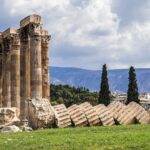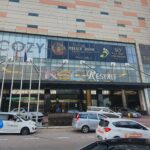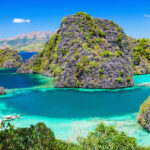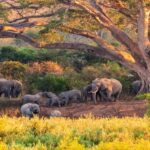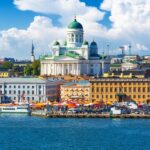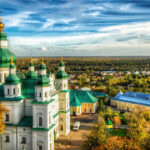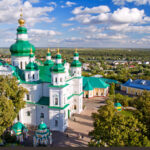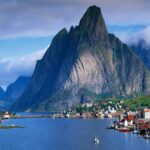Japan is an island country in East Asia. It is situated in the northwest Pacific Ocean, and is bordered on the west by the Sea of Japan, while extending from the Sea of Okhotsk in the north toward the East China Sea and Taiwan in the south. Japan is a part of the Ring of Fire, and spans an archipelago of 6852 islands covering 377,975 square kilometers (145,937 sq mi); the five main islands are Hokkaido, Honshu (the “mainland”), Shikoku, Kyushu, and Okinawa. Tokyo is the nation’s capital and largest city; other major cities include Yokohama, Osaka, Nagoya, Sapporo, Fukuoka, Kobe, and Kyoto. (Source from Wikipedia)


1. Tokyo
okyo (/ˈtoʊkioʊ/; Japanese: 東京, historically Tokio and officially the Tokyo Metropolis (東京都, Tōkyō-to), is the capital and largest city of Japan. Its metropolitan area is the most populous in the world, with an estimated 37.468 million residents in 2018. Located at the head of Tokyo Bay, the prefecture forms part of the Kantō region on the central Pacific coast of Japan's main island of Honshu. Tokyo is the political and economic center of the country, as well as the seat of the Emperor of Japan and the national government. As of 2022, the prefecture has an estimated population of 13.99 million. The tower lights up beautifully and elegantly throughout the night, which is also a nice touch and a perfect photo scene. The Tokyo Skytree offers several experiences throughout its tiers, aside from observation and obtaining a beautiful view. If you are looking for a less-commercialised and more cultural Japan attraction that is located in Tokyo, the Kaneji Buddhist temple is one of the best things you can do.


![The-life-sized-Unicorn-Gundam-Statue-in-Odaiba-c-SOTSU-SUNRISE-Location-DiverCity-Tokyo-Plaza[1]](https://hobbymart.net/wp-content/uploads/2022/04/The-life-sized-Unicorn-Gundam-Statue-in-Odaiba-c-SOTSU-SUNRISE-Location-DiverCity-Tokyo-Plaza1-768x576.jpg)
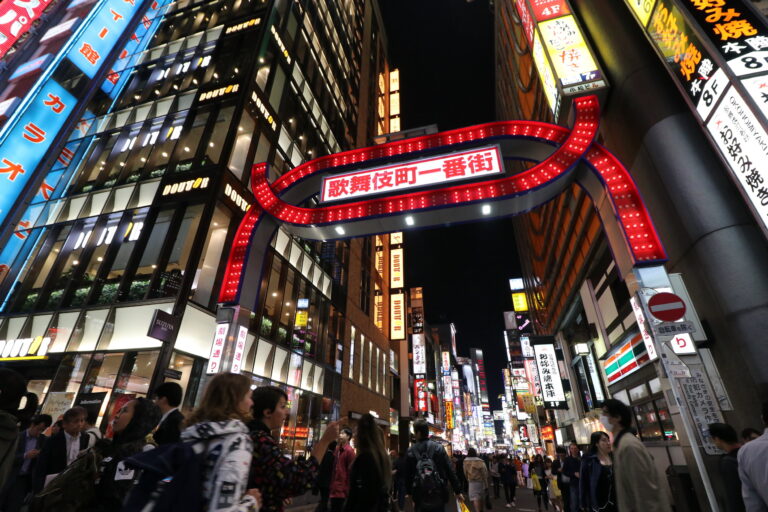
![Disney-Charactors[1]](https://hobbymart.net/wp-content/uploads/2022/04/Disney-Charactors1-768x511.jpg)
![Asakusa[1]](https://hobbymart.net/wp-content/uploads/2022/04/Asakusa1-768x513.jpg)

2. Kyoto
Kyoto (/ˈkjoʊtoʊ/; Japanese: 京都, Kyōto [kʲoꜜːto] (listen)), officially Kyoto City (京都市, Kyōto-shi, [kʲoːtoꜜɕi] (listen)), is the capital city of Kyoto Prefecture in Japan. Located in the Kansai region on the island of Honshu, Kyoto forms a part of the Keihanshin metropolitan area along with Osaka and Kobe. As of 2021, the city has a population of 1.45 million. The city is the cultural anchor of a substantially larger metropolitan area known as Greater Kyoto, a metropolitan statistical area (MSA) home to a census-estimated 3.8 million people. Kyoto is one of the oldest municipalities in Japan, having been chosen in 794 as the new seat of Japan's imperial court by Emperor Kanmu. Based on the prominent pagodas, the influx of cherry blossoms, and the rich history included, it is no wonder why Kyoto was once the capital of the great nation of Japan. Due to the extravagant history Kyoto has throughout wars and harsh time periods, castles and unique Japanese structures have come to cover the region.
![main-campus[1]](https://hobbymart.net/wp-content/uploads/2022/04/main-campus1-768x620.png)
![Higa-2-1[1]](https://hobbymart.net/wp-content/uploads/2022/04/Higa-2-11-768x384.jpg)
![magazine-autumn-color-at-kiyomizu-dera-temple-in-kyoto[1]](https://hobbymart.net/wp-content/uploads/2022/04/magazine-autumn-color-at-kiyomizu-dera-temple-in-kyoto1-768x523.jpg)
![Kiyomizu-dera_Temple_Kyoto_Japan[1]](https://hobbymart.net/wp-content/uploads/2022/04/Kiyomizu-dera_Temple_Kyoto_Japan1-768x512.jpg)
![Japan-things-to-do-in-Kyoto-8[1]](https://hobbymart.net/wp-content/uploads/2022/04/Japan-things-to-do-in-Kyoto-81-768x353.jpg)
![Kyoto-Things-To-See_-5[1]](https://hobbymart.net/wp-content/uploads/2022/04/Kyoto-Things-To-See_-51-768x512.jpg)

3. Naoshima
Naoshima (直島, Naoshima) is an island in Japan's Seto Inland Sea, part of Kagawa Prefecture. The island is best known for its many contemporary art installations and museums. The town of Naoshima (直島町, Naoshima-chō) administers Naoshima and 26 smaller islands nearby. As of 2020, the town has an estimated population of 3,026 and a density of 210 persons per km². The total area is 14.22 km². Naoshima Island is known for its many contemporary art museums. For example, the Chichu Art Museum (literally, "in the earth") houses a number of site-specific installations by James Turrell, Walter De Maria, and paintings by Claude Monet. Designed by Tadao Ando, it is located on one of the highest points of the island, and various exhibits and facets of the museum's architecture take advantage of its commanding view. Another contemporary museum (and hotel) is Benesse House, also by Ando. Another is the Naoshima Fukutake Art Museum, with an outdoor sculpture garden, and a third is the James Bond museum, inspired by the island's use as one of the settings for the 2002 Bond novel The Man with the Red Tattoo by Raymond Benson.
![eyecatch[1]](https://hobbymart.net/wp-content/uploads/2022/04/eyecatch1-768x421.jpg)
![pumkin+pier[1]](https://hobbymart.net/wp-content/uploads/2022/04/pumkinpier1-768x515.jpg)
![MG_0401[1]](https://hobbymart.net/wp-content/uploads/2022/04/MG_04011-768x512.jpg)
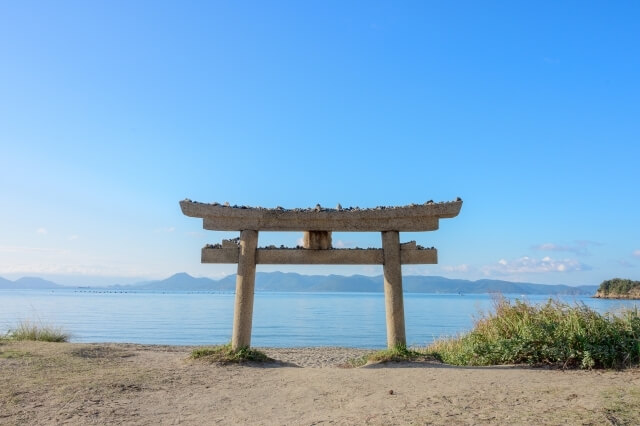
![DSC029561-1024x680[1]](https://hobbymart.net/wp-content/uploads/2022/04/DSC029561-1024x6801-1-768x510.jpg)
![Mag-Slideshow-Janine-Japan-1516-Naoshima-Benesse[1]](https://hobbymart.net/wp-content/uploads/2022/04/Mag-Slideshow-Janine-Japan-1516-Naoshima-Benesse1-768x376.jpg)

4. Mt Fuji
Mount Fuji (富士山, Fujisan, Japanese: [ɸɯꜜ(d)ʑisaɴ] (listen)), or Fugaku, located on the island of Honshū, is the highest mountain in Japan, standing 3,776.24 m (12,389.2 ft). It is the second-highest volcano located on an island in Asia (after Mount Kerinci on the island of Sumatra), and seventh-highest peak of an island on Earth. Mount Fuji is an active stratovolcano that last erupted from 1707 to 1708. The mountain is located about 100 km (62 mi) southwest of Tokyo and is visible from there on clear days. Mount Fuji's exceptionally symmetrical cone, which is covered in snow for about five months of the year, is commonly used as a cultural icon of Japan and it is frequently depicted in art and photography, as well as visited by sightseers and climbers. Mount Fuji is one of Japan's "Three Holy Mountains" (三霊山, Sanreizan) along with Mount Tate and Mount Haku.
![fuji-mountain-in-autumn-822273028-5a6a8a9c3418c600363958d3[1]](https://hobbymart.net/wp-content/uploads/2022/04/fuji-mountain-in-autumn-822273028-5a6a8a9c3418c600363958d31-768x512.jpg)
![Climbing-Mt-Fuji5[1]](https://hobbymart.net/wp-content/uploads/2022/04/Climbing-Mt-Fuji51-768x512.jpg)
![GettyImages-531114971-1[1]](https://hobbymart.net/wp-content/uploads/2022/04/GettyImages-531114971-11-768x512.jpg)

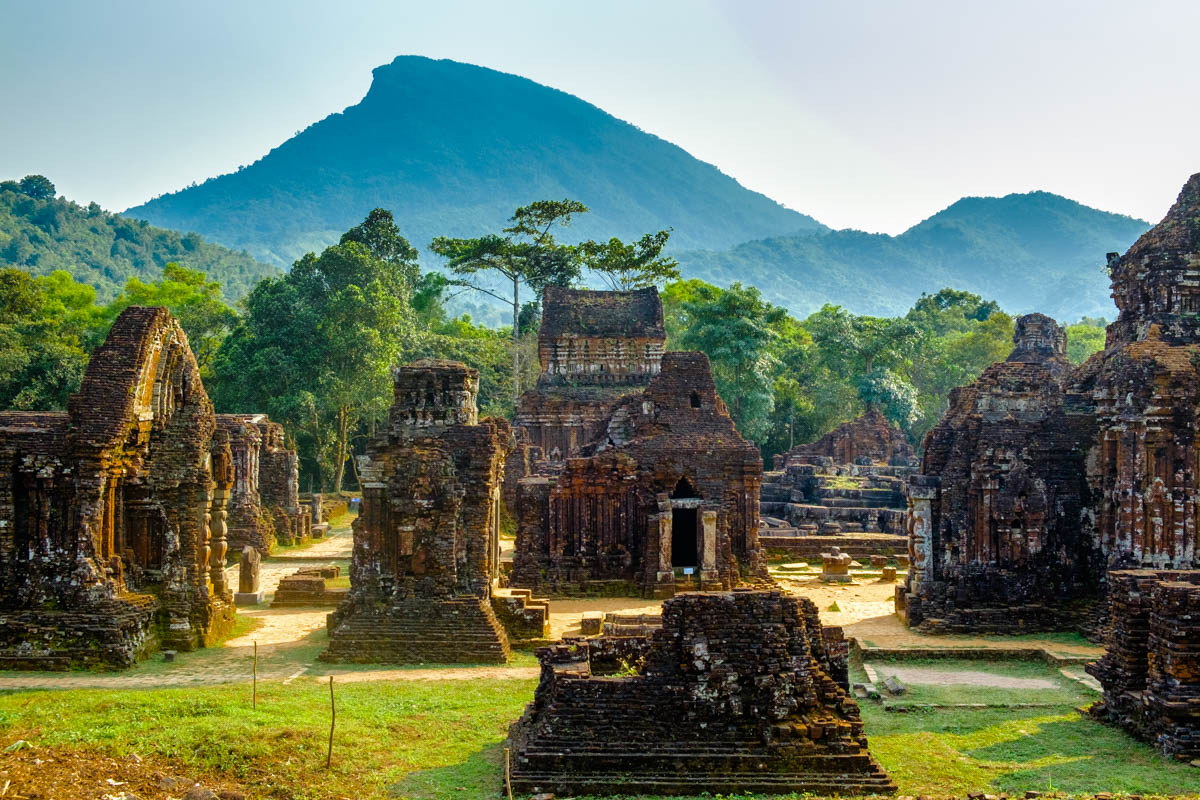
5. Hiroshima
Hiroshima (広島市, Hiroshima-shi, /ˌhɪroʊˈʃiːmə/, also UK: /hɪˈrɒʃɪmə/, US: /hɪˈroʊʃɪmə/, Japanese: [çiɾoɕima]) is the capital of Hiroshima Prefecture in Japan. As of June 1, 2019, the city had an estimated population of 1,199,391. The gross domestic product (GDP) in Greater Hiroshima, Hiroshima Urban Employment Area, was US$61.3 billion as of 2010. Kazumi Matsui has been the city's mayor since April 2011. Hiroshima was founded in 1589 as a castle town on the Ōta River delta. Following the Meiji Restoration in 1868, Hiroshima rapidly transformed into a major urban center and industrial hub. In 1889, Hiroshima officially gained city status. The city was a center of military activities during the imperial era, playing significant roles such as in the First Sino-Japanese War, the Russo-Japanese War, and the two world wars.
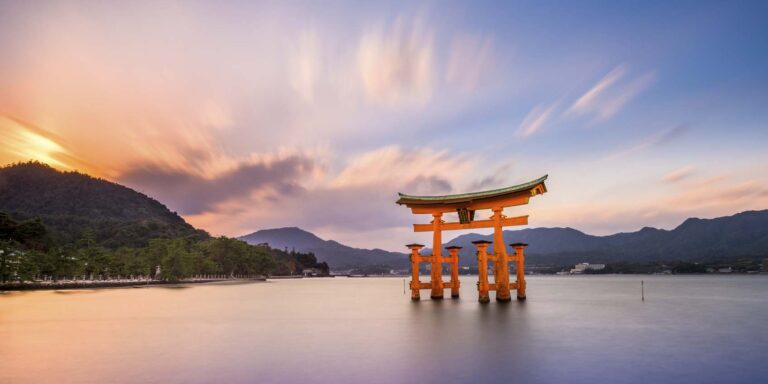
![20190809_133859-1[1]](https://hobbymart.net/wp-content/uploads/2022/04/20190809_133859-11-768x576.jpg)
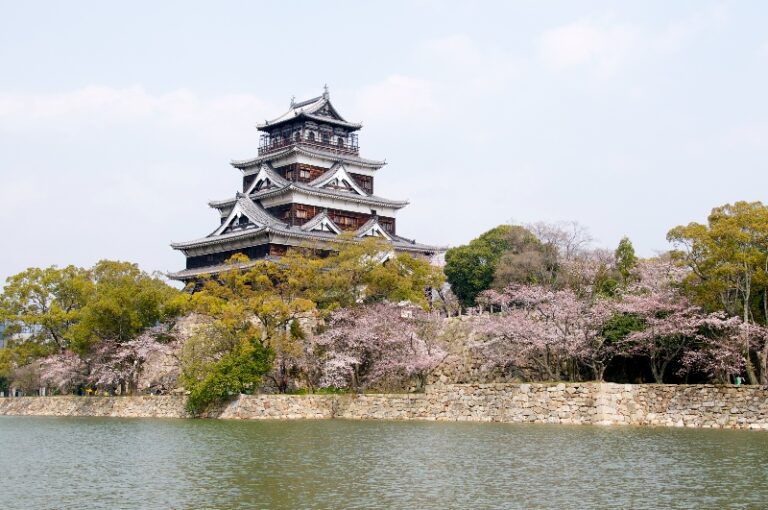
![Hiroshima-Abombdome-AnitaSIZED[1]](https://hobbymart.net/wp-content/uploads/2022/04/Hiroshima-Abombdome-AnitaSIZED1-768x500.jpg)
![Hiroshima[1]](https://hobbymart.net/wp-content/uploads/2022/04/Hiroshima1-768x513.jpg)
![Miyajima[1]](https://hobbymart.net/wp-content/uploads/2022/04/Miyajima1-768x432.jpg)
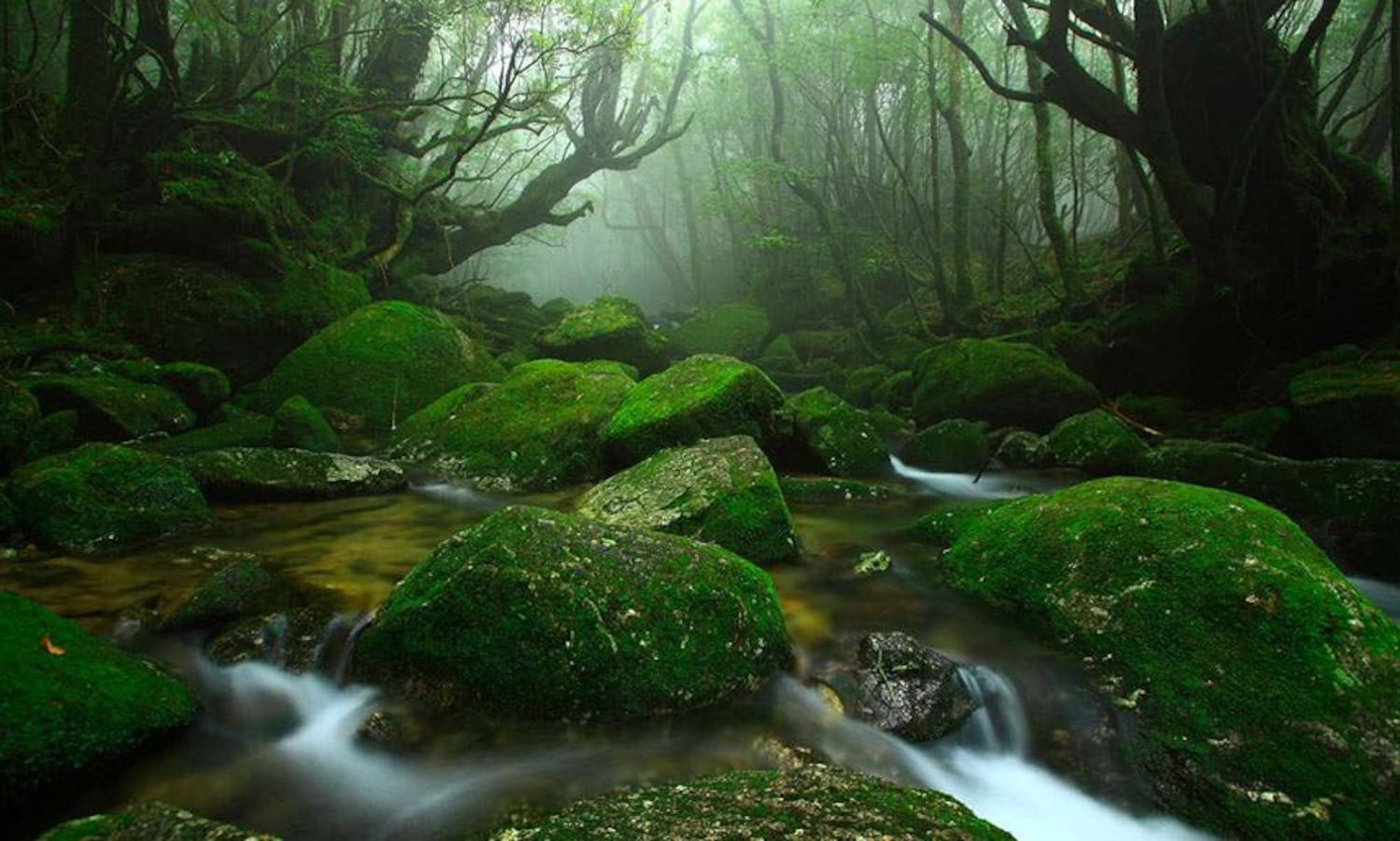
6. Yakushima
Yakushima (屋久島) is one of the Ōsumi Islands in Kagoshima Prefecture, Japan. The island, 504.88 km2 (194.94 sq mi) in area, has a population of 13,178. Access to the island is by hydrofoil ferry (7 or 8 times a day from Kagoshima, depending on the season), slow car ferry (once or twice a day from Kagoshima), or by air to Yakushima Airport (3 to 5 times daily from Kagoshima, once daily from Fukuoka and once daily from Osaka). Administratively, the whole island is the town of Yakushima. The town also serves neighbouring Kuchinoerabujima. The majority of the island is within the borders of the Kirishima-Yaku National Park. Yakushima's electricity is more than 50% hydroelectric, and surplus power has been used to produce hydrogen gas in an experiment by Kagoshima University. The island has been a test site for Honda's hydrogen fuel cell vehicle research. (There are no hydrogen cars stationed on the island but electric cars are run by the municipality.)
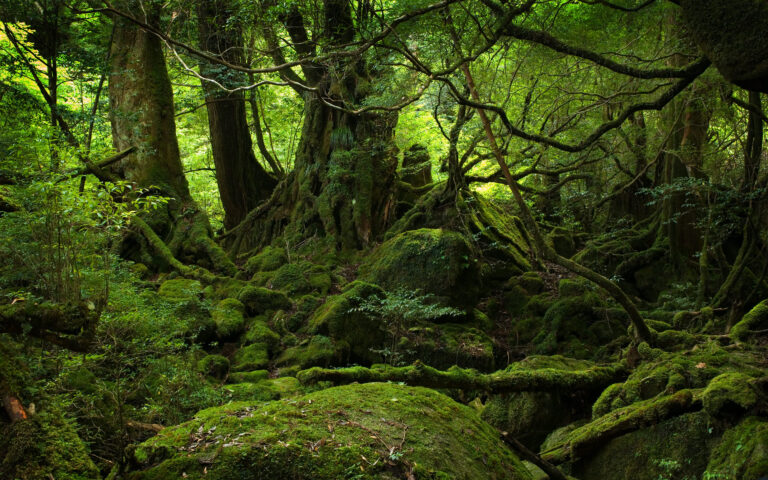
![P6190012-2000x1200[1]](https://hobbymart.net/wp-content/uploads/2022/04/P6190012-2000x12001-1-768x461.jpg)
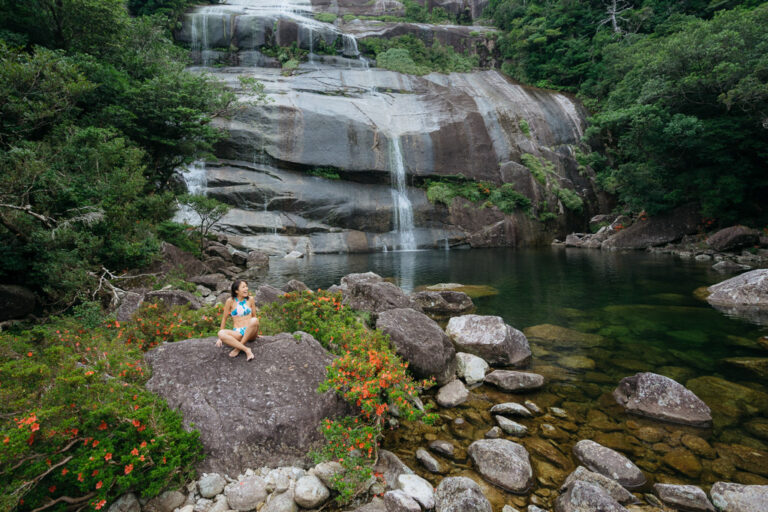
![b170814036[1]](https://hobbymart.net/wp-content/uploads/2022/04/b1708140361-768x376.jpg)

7. Koya-san
Mount Kōya (高野山, Kōya-san) is a large temple settlement in Wakayama Prefecture, Japan to the south of Osaka. In the strictest sense, Mount Kōya is the mountain name (sangō) of Kongōbu-ji Temple, the ecclesiastical headquarters of the Kōyasan sect of Shingon Buddhism. First settled in 819 by the monk Kūkai, Mount Kōya is primarily known as the world headquarters of the Kōyasan Shingon sect of Japanese Buddhism. Located on an 800-meter-high plain amid eight peaks of the mountain (which was the reason this location was selected, in that the terrain is supposed to resemble a lotus plant), the original monastery has grown into the town of Kōya, featuring a university dedicated to religious studies and 120 sub-temples, many of which offer lodging to pilgrims. Mount Kōya is also a common starting point to the Shikoku Pilgrimage (四国遍路, Shikoku Henro) associated with Kūkai.
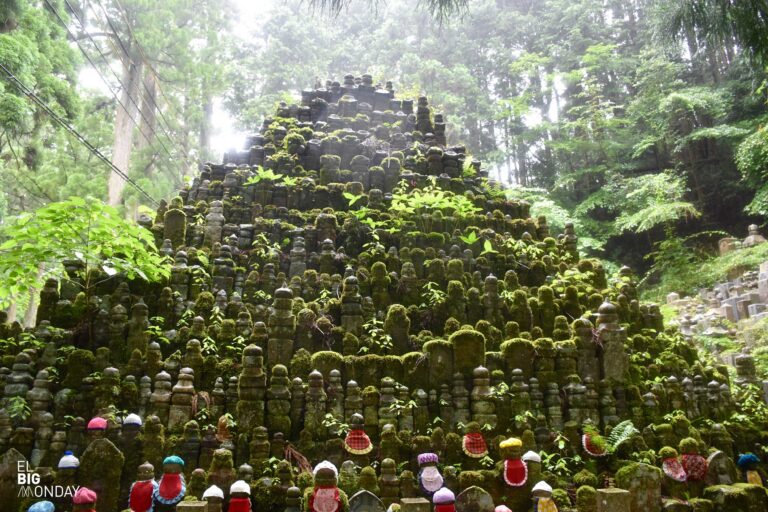
![DSC0124[1]](https://hobbymart.net/wp-content/uploads/2022/04/DSC01241-768x510.jpg)
![Pagoda-in-Koyasan-Kongobuji-Temple-Japan-10131353F4D11BDB[1]](https://hobbymart.net/wp-content/uploads/2022/04/Pagoda-in-Koyasan-Kongobuji-Temple-Japan-10131353F4D11BDB1-768x511.jpg)
![6-Koyasan-Japan-Garan-1024x680[1]](https://hobbymart.net/wp-content/uploads/2022/04/6-Koyasan-Japan-Garan-1024x6801-1-768x510.jpg)

8. Okinawa and the Southern Islands
The Okinawa Islands (沖縄諸島, Okinawa Shotō, Okinawan: Uchinaa, informally Churaashima, "beautiful island", Kunigami: Fuchinaa) are an island group in Okinawa Prefecture, Japan and are the principal island group of the prefecture. The Okinawa Islands are part of the larger Ryukyu Islands group and are located between the Amami Islands of Kagoshima Prefecture to the northeast and the Sakishima Islands of Okinawa Prefecture to the southwest. The Okinawa Islands, apart from the main island, contain three smaller island groups: the Kerama, Yokatsu and Iheya-Izena island groups. The Okinawa Islands are the political, cultural and population center of Okinawa Prefecture. The prefectural capital of Naha is within the island group. 90% of the population of the prefecture reside within the Okinawa Islands, primarily on the largest island of the group, Okinawa Island. Access to the various Okinawa Islands is primarily via small airports which connect to Naha Airport. Additionally, the islands are connected via ferry service to the Port of Naha in the prefectural capital.
![sea-shore-seascape-okinawa-japan[1]](https://hobbymart.net/wp-content/uploads/2022/04/sea-shore-seascape-okinawa-japan1-768x432.jpg)
![16220583224_e144f3fe53_o[1]](https://hobbymart.net/wp-content/uploads/2022/04/16220583224_e144f3fe53_o1-768x573.jpg)
![package_154_INDIAN_OCEAN_REG_DDD__MALDIVES_CON_MDV__MALDIVES_DES_000548__SOUTH_ARI_ATOLL_VILAMENDHOO_ISLAND_RESORT_AND_SPA[1]](https://hobbymart.net/wp-content/uploads/2022/04/package_154_INDIAN_OCEAN_REG_DDD__MALDIVES_CON_MDV__MALDIVES_DES_000548__SOUTH_ARI_ATOLL_VILAMENDHOO_ISLAND_RESORT_AND_SPA1-768x432.jpg)
![dolphin-island[1]](https://hobbymart.net/wp-content/uploads/2022/04/dolphin-island1-768x490.jpg)

9. Osaka
Osaka (Japanese: 大阪市, Hepburn: Ōsaka-shi, pronounced [oːsakaɕi]; commonly just 大阪, Ōsaka [oːsaka] (listen)) is a designated city in the Kansai region of Honshu in Japan. It is the capital and the most populous city in Osaka Prefecture, and the third most populous city in Japan, following Tokyo and Yokohama (both located in the Greater Tokyo Area and the Kantō region). With a population of 2.7 million in the 2020 census, it is also the largest component of the Keihanshin Metropolitan Area, the second-largest metropolitan area in Japan and the 10th largest urban area in the world with more than 19 million inhabitants. Whether it be the classic Osaka Castle or a fun amusement park such as Universal Studios Japan, Osaka really seems to have it all.
![depositphotos_140960278-stock-photo-osaka-castle-in-osaka-city[1]](https://hobbymart.net/wp-content/uploads/2022/04/depositphotos_140960278-stock-photo-osaka-castle-in-osaka-city1-768x513.jpg)
![rsz_japan-osaka-city-aerial-skyline-skyscrapers-city-streets-e1489608405452[1]](https://hobbymart.net/wp-content/uploads/2022/04/rsz_japan-osaka-city-aerial-skyline-skyscrapers-city-streets-e14896084054521-768x432.jpg)
![japanosaka-castle-at-night-cherry-blossom-season-osaka-japan[1]](https://hobbymart.net/wp-content/uploads/2022/04/japanosaka-castle-at-night-cherry-blossom-season-osaka-japan1-768x432.jpg)
![osaka-sale-scoot-take-off-tuesday-january-2019-1200x801[1]](https://hobbymart.net/wp-content/uploads/2022/04/osaka-sale-scoot-take-off-tuesday-january-2019-1200x8011-1-768x513.jpg)
![tempozan_ferris_wheel[1]](https://hobbymart.net/wp-content/uploads/2022/04/tempozan_ferris_wheel1-768x512.jpg)
![43951458_2152330841683505_4289796228390060032_n[1]](https://hobbymart.net/wp-content/uploads/2022/04/43951458_2152330841683505_4289796228390060032_n1-768x580.jpg)
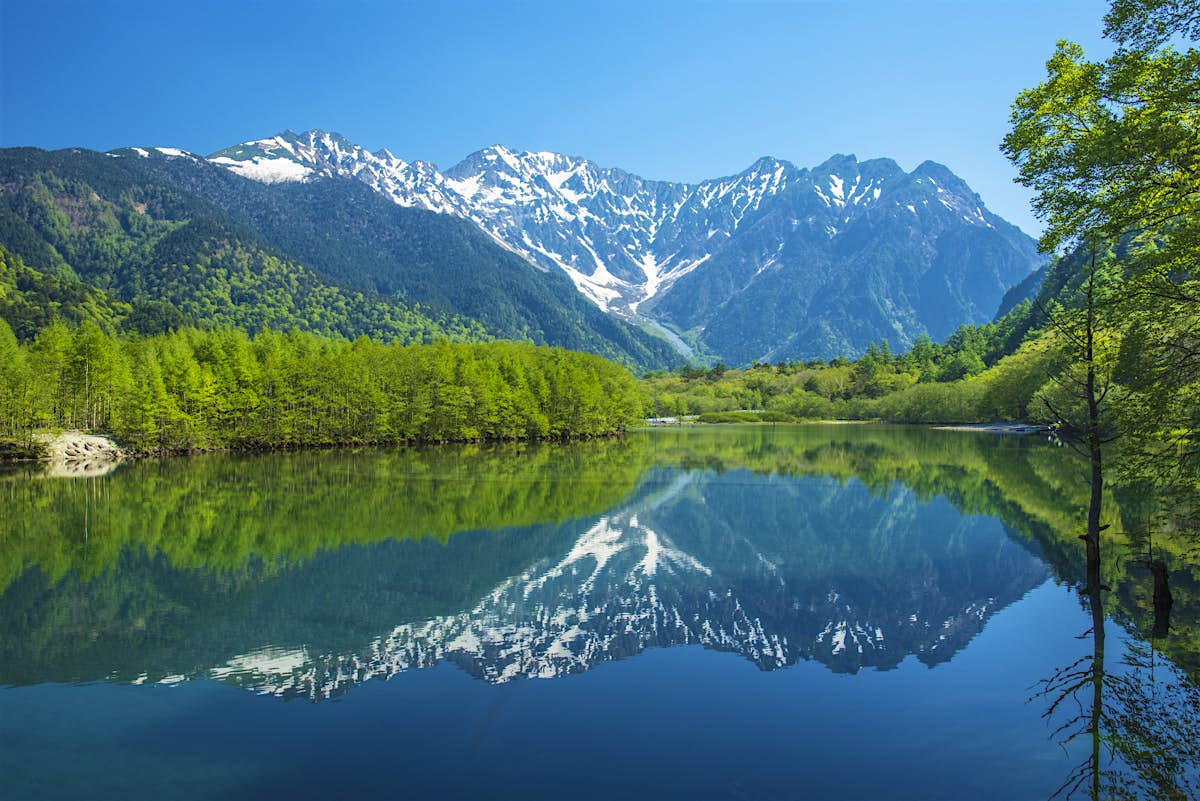
10. Kamikōchi
Kamikōchi (上高地, Upper Highlands) is a remote mountainous highland valley within the Hida Mountains range, in the western region of Nagano Prefecture, Japan. It has been preserved in its natural state within Chūbu-Sangaku National Park. It is designated as one of Japan's National Cultural Assets, on the list of Special Natural Monuments and Special Places of Scenic Beauty. It is sometimes referred to as the "Japanese Yosemite Valley," although it is considerably smaller than its Californian counterpart.
![Kamikouchi-1024x576[1]](https://hobbymart.net/wp-content/uploads/2022/04/Kamikouchi-1024x5761-1-768x432.jpg)
![Kappa-Bridge-Kamikochi-National-Park-768x512[1]](https://hobbymart.net/wp-content/uploads/2022/04/Kappa-Bridge-Kamikochi-National-Park-768x5121-1.jpg)
![kamikochi-14[1]](https://hobbymart.net/wp-content/uploads/2022/04/kamikochi-141-768x406.jpg)
![37295296844_98ea4d074d_k[1]](https://hobbymart.net/wp-content/uploads/2022/04/37295296844_98ea4d074d_k1-768x512.jpg)


